In particular, it can be seen that many investors in recent years have been quite successful with a series of farmstay, homestay, glamping, ecolodge models... as a new development direction for agriculture and tourism...
Sharing at the talkshow on the topic of Agricultural Tourism Real Estate - a rising future, held today (August 19), Mr. Nguyen Tuan, a land management engineer in the Natural Resources and Environment sector, commented: "We are facing a golden time to develop economic models on agricultural land".
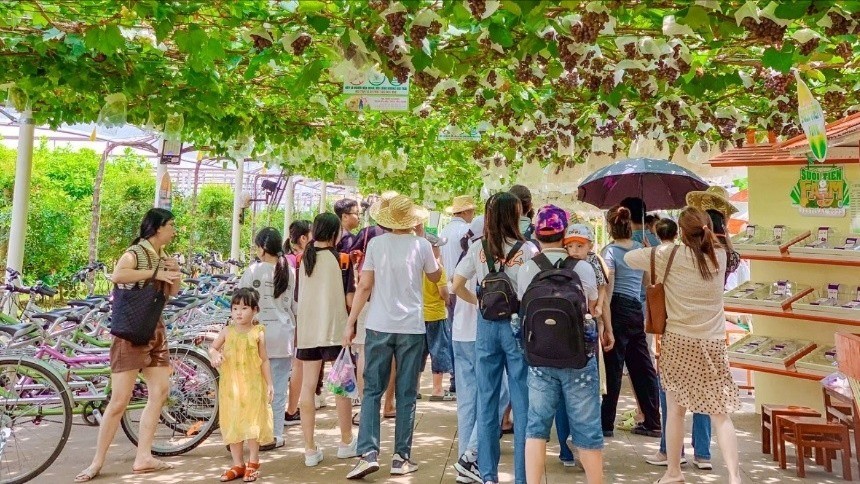
According to Mr. Tuan, many ideas could not be implemented before because the legal framework still had many barriers, and people had difficulty exploiting the potential of their own land. But now, with the new Land Law, many barriers have been removed, opening new doors for each person to exploit fields and gardens, develop tourism and economic models associated with agricultural land legally.
The new Land Law and its implementing documents have opened up a very clear legal corridor. Article 218 of the law allows agricultural land to be used for multiple purposes, from production, animal husbandry to trade, services and tourism.
According to Mr. Tuan, Article 99 of Decree 102/2024 (guidance on the implementation of the law) has provided detailed instructions on how to implement it, ensuring that people and businesses can comply with the regulations, avoiding ambiguity or legal entanglements as before.
This expert shared: "When the policy is supportive and the law is open, our responsibility is to follow the right model and plan the right strategy to turn opportunities into real values for both the community and the country."
In fact, in recent times, many localities have successfully implemented experiential tourism models, exploiting values based on the achievements of the agricultural sector.
For example, in Lam Dong, with the advantages of natural conditions, Da Lat tourism brand, and outstanding results of high-tech agriculture and smart agriculture, the "handshake" between tourism and agriculture has opened up the prospect of new tourism products in this southern Central Highlands region.
There are a series of agricultural tourism spots in the province, such as: Le Phuc Rose Garden, Da Lat Mushroom Village, Da Lat Flower Plateau; Bong Lai Farm sightseeing and experience spot in Duc Trong district, with a Japanese black grape garden surrounded by fruit trees covered in a cool green color...
In 2024, the "Tam Trinh Coffee Experiences" model of Tam Trinh Coffee Import-Export Company Limited (Lam Ha district) was recognized as an agricultural tourism destination by the People's Committee of Lam Dong province.
This is a closed production chain model to promote, introduce and enhance the value of coffee beans, the beauty of production, and the coffee culture of the Central Highlands and Vietnam to domestic and international tourists.
“With the desire to bring close, authentic experiences and a panoramic view of the journey “From farm to cup”, we decided to invest in building an experience stop on an area of more than 4 hectares”, said Mr. Doan Manh Trinh, Deputy Director of the company.
Although only operating for more than 2 years, "Tam Trinh Coffee Experiences" has welcomed many international delegations and groups of students from many countries.
“After experiencing the coffee production process, enjoying local specialties, and enjoying coffee, tourists all buy OCOP coffee as gifts. This is a very effective way to promote the brand,” Mr. Trinh shared.
Similarly, in Da Nang, in 2021, the Da Nang City People's Council allowed a pilot of a series of agricultural development models combined with service and tourism exploitation in Hoa Vang district (old).
After nearly 5 years of operation, the models have proven that integrating trade and tourism into agricultural production has helped increase agricultural value many times over. In particular, the models have helped create jobs for hundreds of local workers. On average, each model creates jobs for 8 to 10 workers with an income of 6 to 8 million VND per person per month.
Mr. Duong Hien Tu, owner of An Phu Farm model in Hoa Vang district, said that after studying in Korea, he realized that the organic farming model combined with tourism exploitation in the neighboring country was very effective, so he returned home and boldly invested. Capital is still limited,
At first, with limited capital, Mr. Duong Hien Tu did organic farming combined with livestock raising to sell clean agricultural products to urban residents. Up to now, the farm has stable revenue and has begun to welcome visitors to visit and experience the service on weekends. According to Mr. Tu, on peak days, the farm welcomes 400 domestic and international visitors to visit and experience the service.
Based on experience from the tourism industry, agricultural tourism expert Pham Thanh Tung analyzed and pointed out the differences between the types of farmstay; homestay; glamping; and ecolodge (ie accommodation combined with conservation, education and sustainable development).
According to this expert, depending on the locality and region, many new models will appear on agricultural land such as farmstay; homestay associated with green farming; craft villages combined with tourism experiences; medicinal herb conservation areas, organic farms; experiential educational services for children; health tourism combined with natural therapy.
Vietnam has nearly 28 million hectares of agricultural land, stretching from the mountains, midlands, plains to the coast. Each piece of land, each house, each way of life and work carries within it a story, a unique cultural value; and today's tourists love such unique things.
“These models not only create sustainable livelihoods for farmers but also preserve identity and enrich the Vietnamese cultural treasure,” he shared.
According to a report by the Vietnam National Administration of Tourism, the first 7 months of 2025 recorded impressive growth in the tourism industry, showing signs of strong and steady recovery after global fluctuations in previous years.
By the end of July, Vietnam had welcomed a total of 12.23 million international tourists, an increase of 22.5% over the same period in 2024. In July alone, the number of international visitors reached 1.56 million, an increase of 7% over June and an increase of 35.7% over July 2024.
The number of domestic tourists in July 2025 is estimated at 15.5 million, of which about 10.3 million are staying. The total number of domestic tourists in the first 7 months of 2025 is estimated at 93 million. Total revenue from tourists in the first 7 months of 2025 is estimated at 616 trillion VND, reflecting the industry's comprehensive recovery efforts, according to the National Tourism Administration.
Source: https://baolaocai.vn/phat-trien-du-lich-nong-nghiep-co-hoi-vang-de-dia-phuong-but-pha-post880019.html


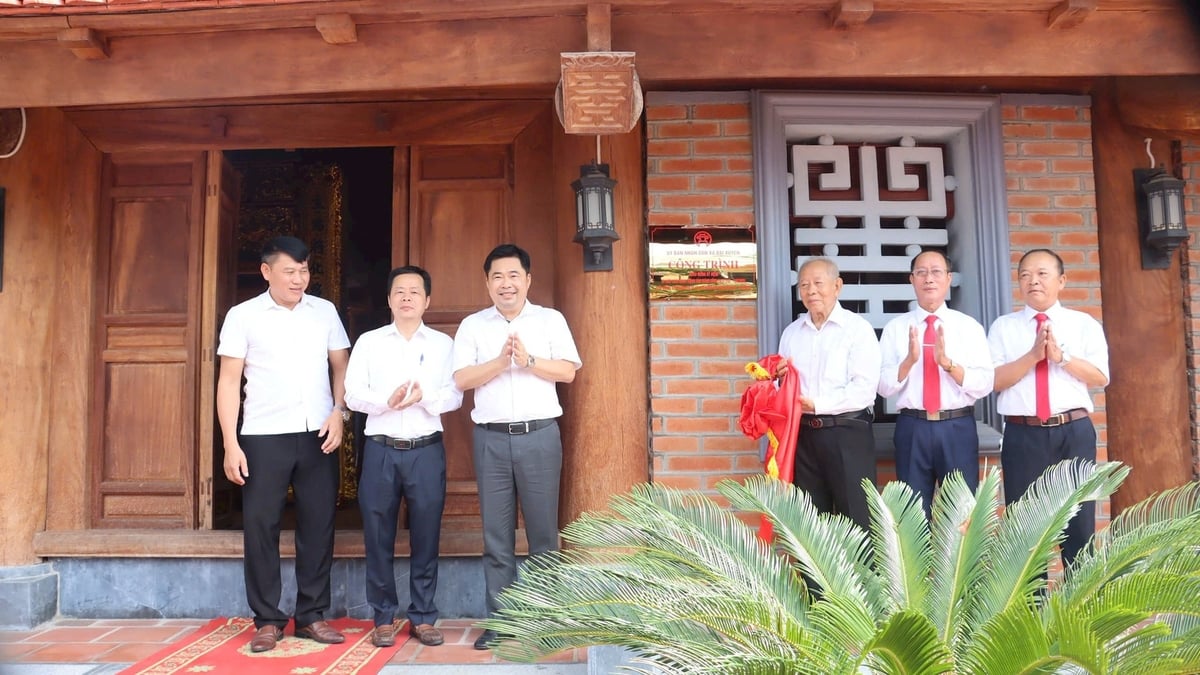

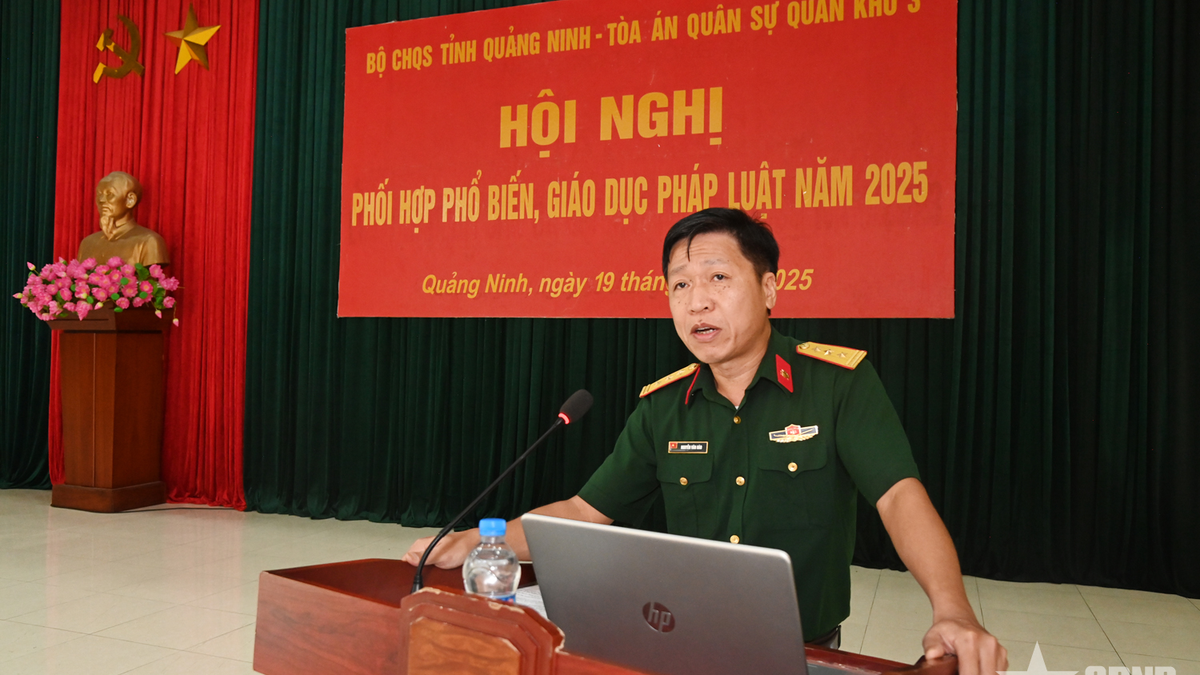
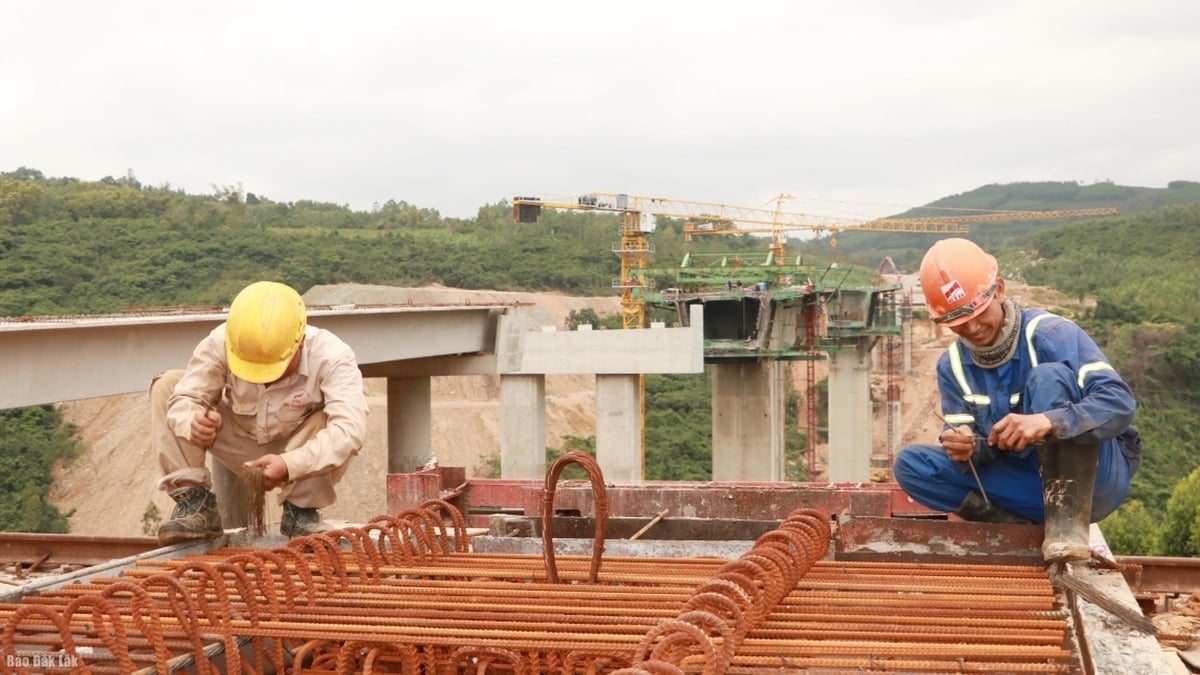


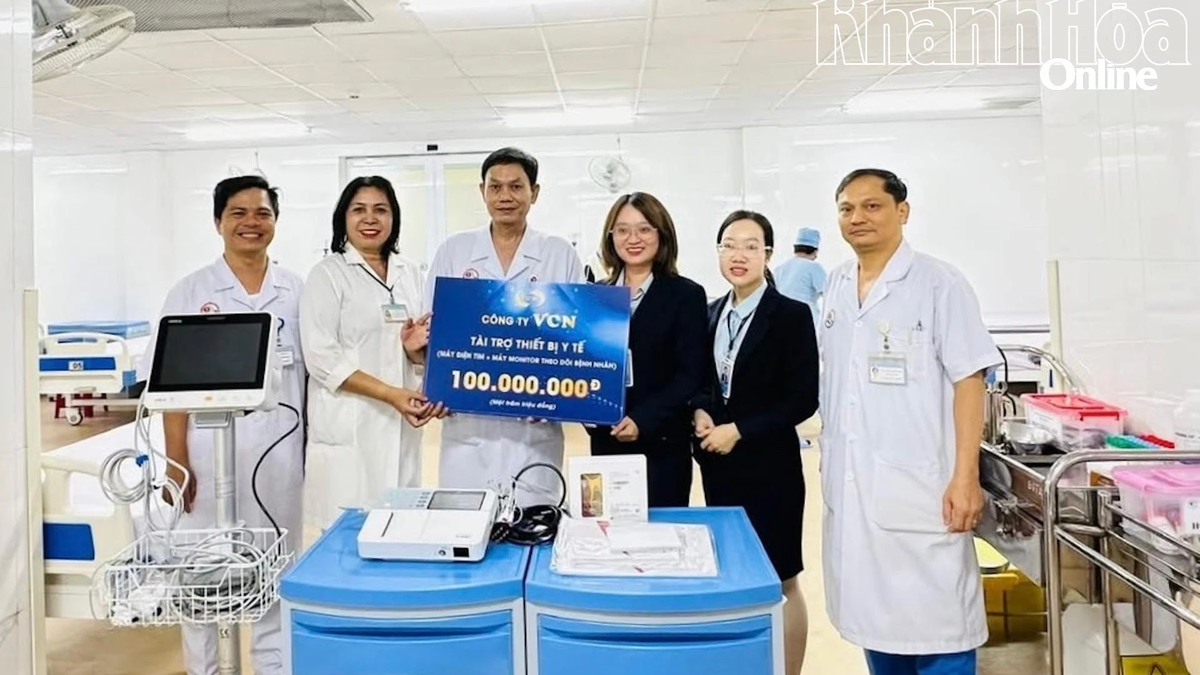

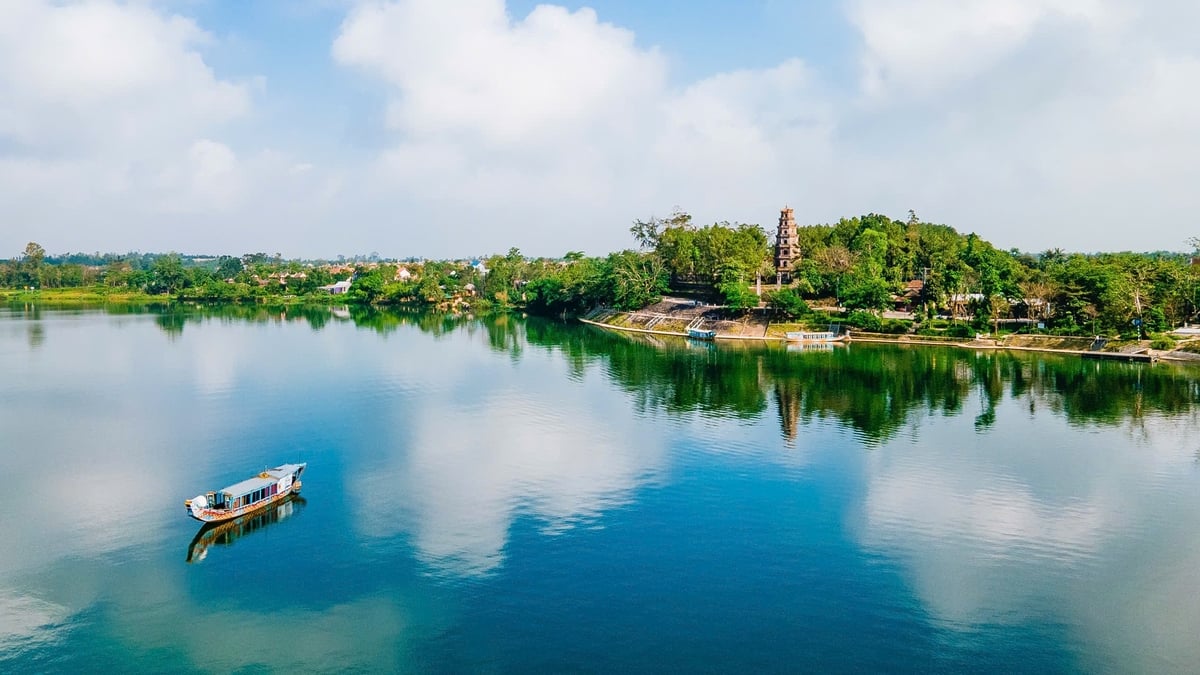











![[Photo] General Secretary To Lam attends the inauguration and groundbreaking ceremony of 250 projects to celebrate National Day](https://vphoto.vietnam.vn/thumb/1200x675/vietnam/resource/IMAGE/2025/8/19/3aa7478438a8470e9c63f4951a16248b)
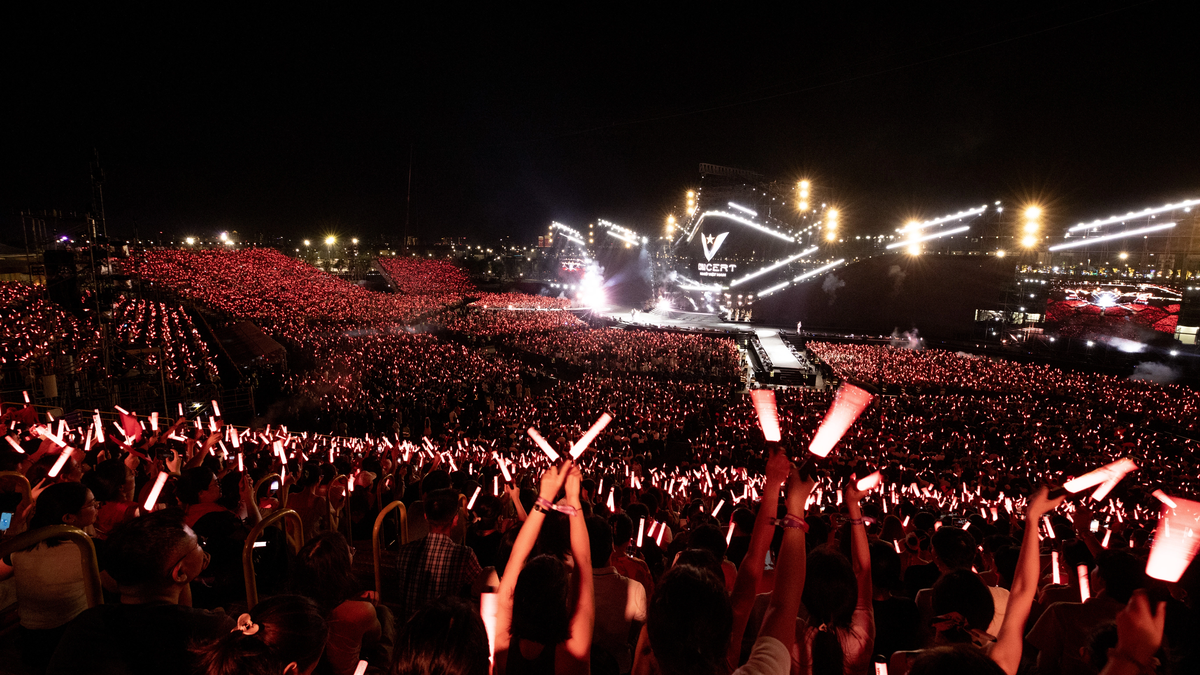
![[Photo] General Secretary and Prime Minister visit the National Exhibition and Fair Center](https://vphoto.vietnam.vn/thumb/1200x675/vietnam/resource/IMAGE/2025/8/19/f4503ad032d24a90beb39eb71c2a583f)
![[Photo] Close-up of the first International Financial Center building in Ho Chi Minh City](https://vphoto.vietnam.vn/thumb/1200x675/vietnam/resource/IMAGE/2025/8/19/3f06082e1b534742a13b7029b76c69b6)
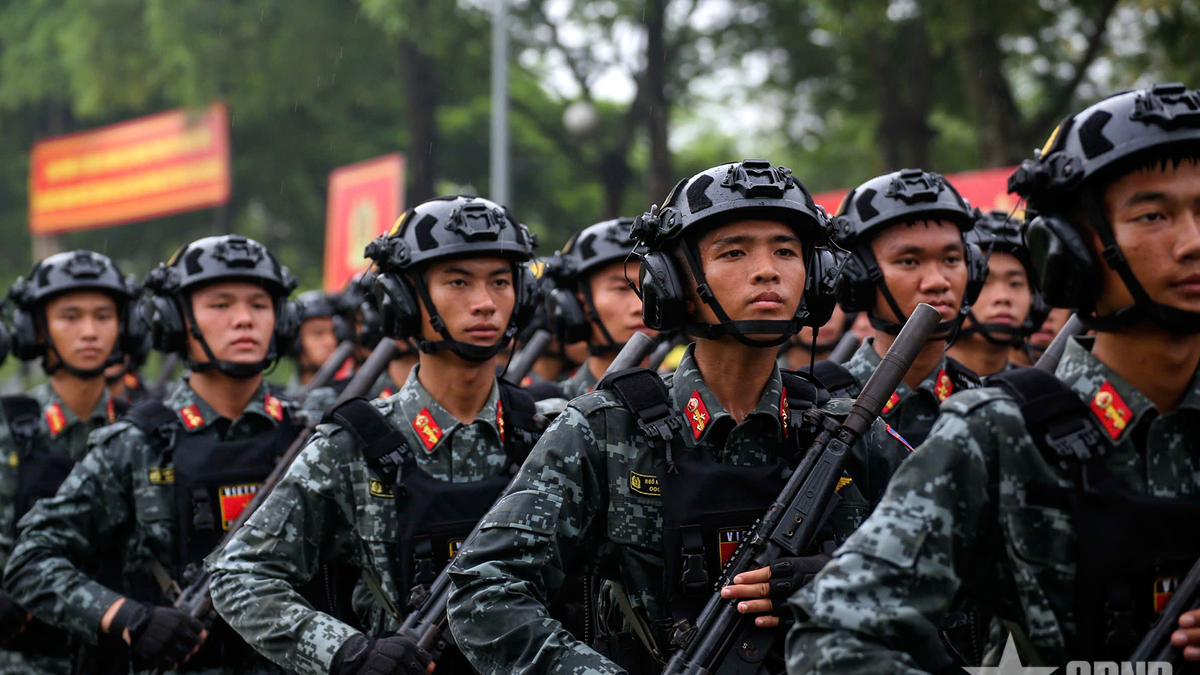
![[Photo] President Luong Cuong's wife and Queen of Bhutan visit Tran Quoc Pagoda](https://vphoto.vietnam.vn/thumb/1200x675/vietnam/resource/IMAGE/2025/8/19/62696af3852a44c8823ec52b03c3beb0)
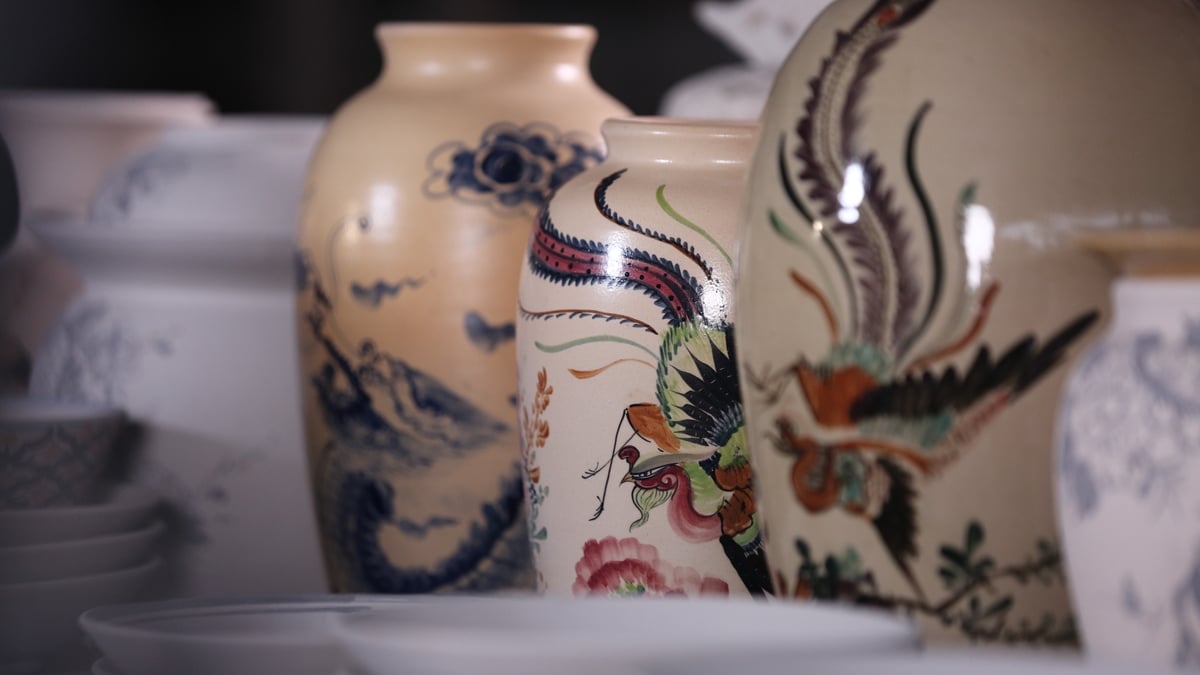

![[Photo] Politburo works with the Standing Committee of Da Nang City Party Committee and Quang Ninh Provincial Party Committee](https://vphoto.vietnam.vn/thumb/1200x675/vietnam/resource/IMAGE/2025/8/19/b1678391898c4d32a05132bec02dd6e1)

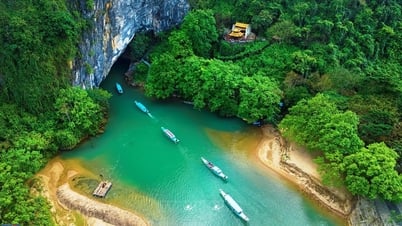

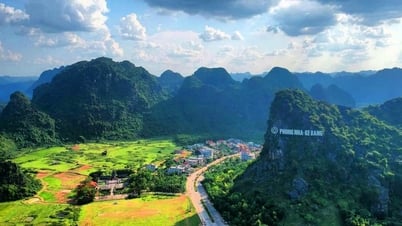

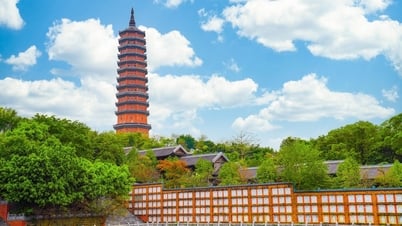

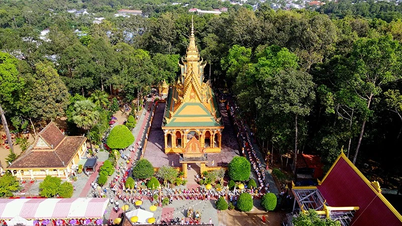

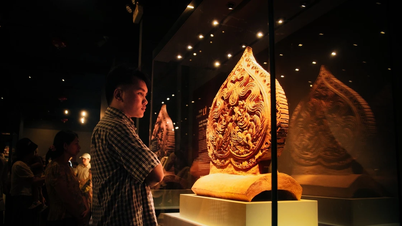




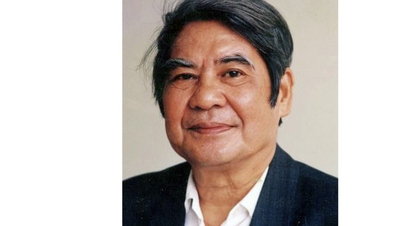





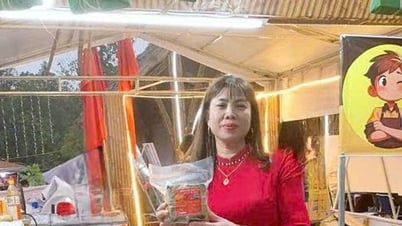



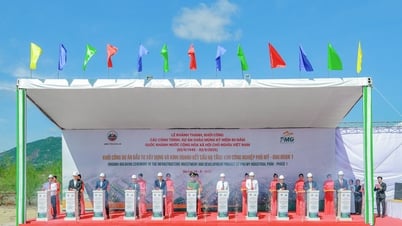

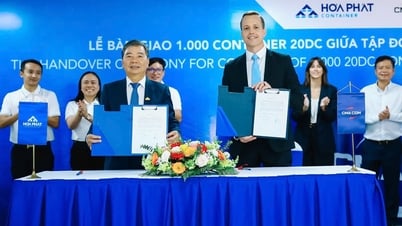
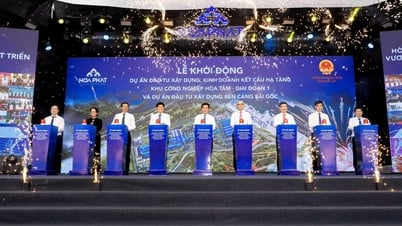
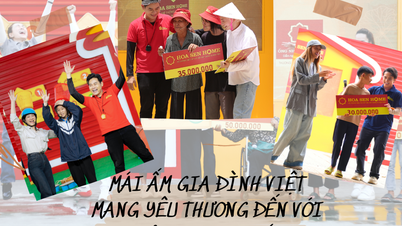

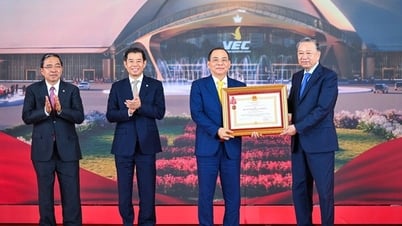

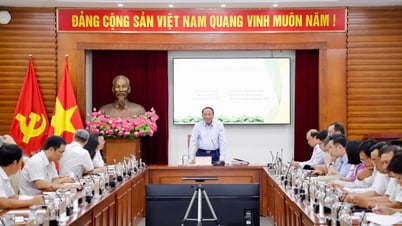
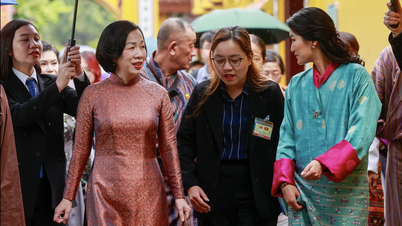




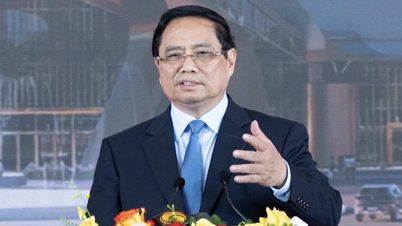
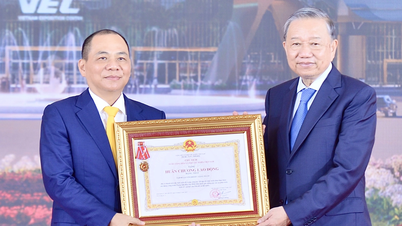


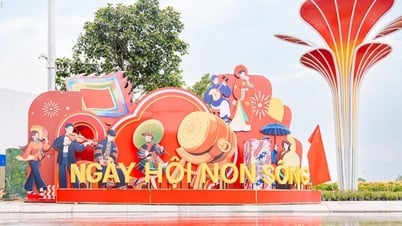
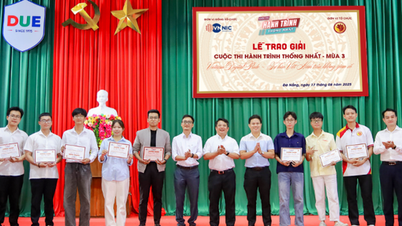


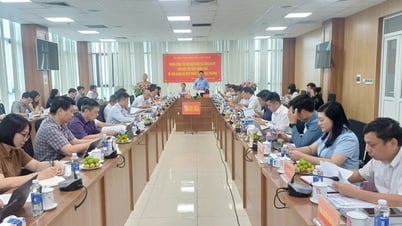







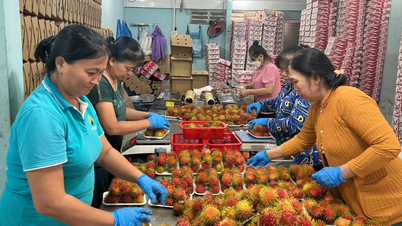


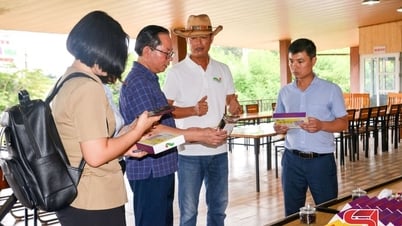



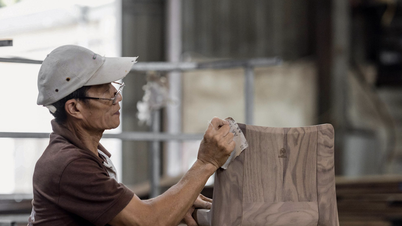







Comment (0)